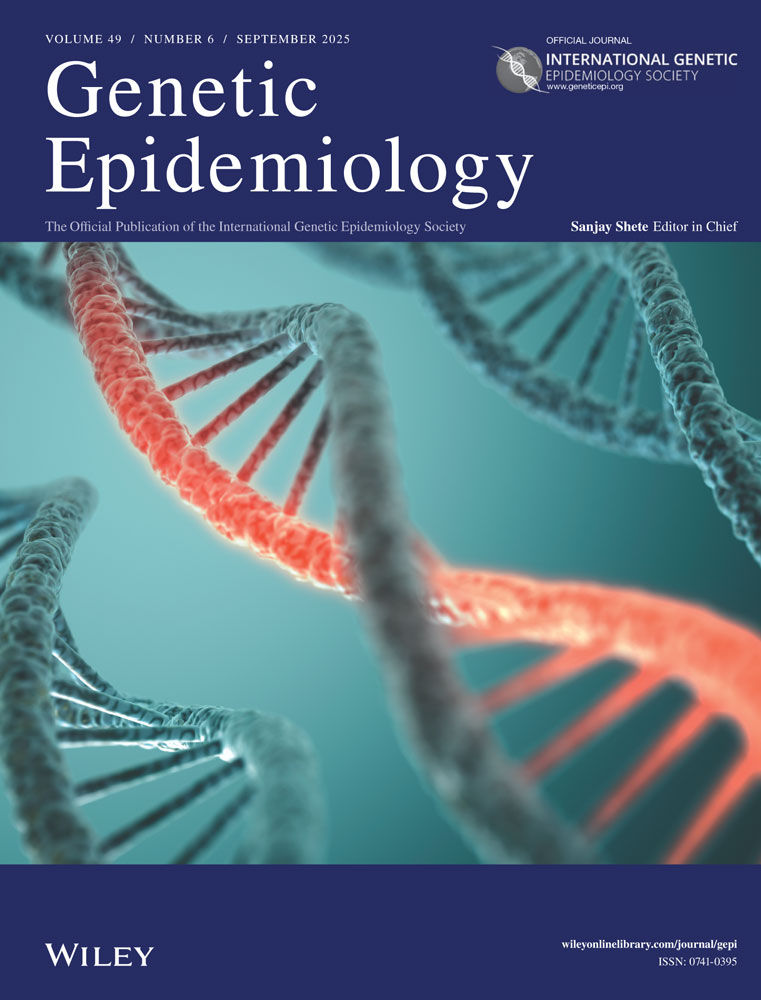Diagnostic tools in linkage analysis for quantitative traits
Abstract
Diagnostic methods are key components in any good statistical analysis. Because of the similarities between the variance components approach and regression analysis with respect to the normality assumption, when performing quantitative genetic linkage analysis using variance component methods, one must check the normality assumption of the quantitative trait and outliers. Thus, the main purposes of this paper are to describe methods for testing the normality assumption, to describe various diagnostic methods for identifying outliers, and to discuss the issues that may arise when outliers are present when using variance components models in quantitative trait linkage analysis. Data from the Rochester Family Heart Study are used to illustrate the various diagnostic methods and related issues. Genet Epidemiol 24:302–308, 2003. © 2003 Wiley-Liss, Inc.




